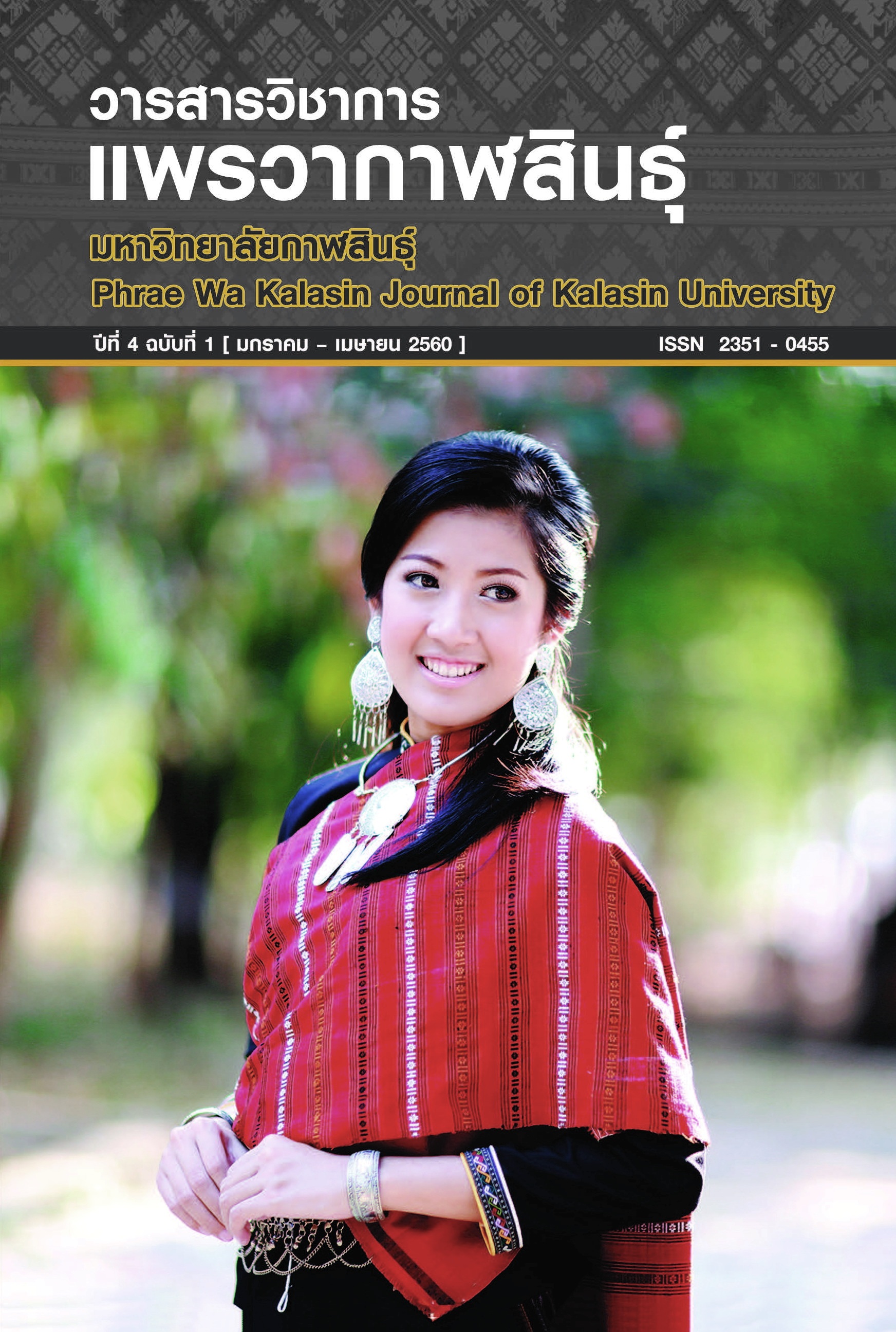รูปแบบอาจารย์ที่ปรึกษาอิเล็กทรอนิกส์สำหรับ สถาบันอุดมศึกษาเอกชนไทย โดยใช้แบบจำลองเดียร์
Main Article Content
Abstract
การวิจัยนี้มีวัตถุประสงค์เพื่อ 1) ศึกษาสภาพ และความต้องการระบบสารสนเทศการให้คำปรึกษาแก่นักศึกษาระดับปริญญาตรีของสถาบันอุดมศึกษาเอกชนในประเทศไทย 2) พัฒนารูปแบบอาจารย์ที่ปรึกษาอิเล็กทรอนิกส์ฯ และ 3) ประเมินความเหมาะสมและความเป็นไปได้ของรูปแบบฯ ใช้กลุ่มตัวอย่าง 258 คน โดยวิธีสุ่มตัวอย่างแบบแบ่งชั้นสำหรับการศึกษาสภาพและความต้องการระบบสารสนเทศ ใช้อัตราส่วน 12:1 ในการเลือกสถาบันกลุ่มตัวอย่าง จำนวน 6 สถาบัน แล้วนำมาสุ่มตัวอย่างอย่างง่าย โดยวิธีจัดสนทนากลุ่มจำนวน 15 คน นำเสนอด้วยสถิติเชิงพรรณนาด้วยร้อยละ ค่าความถี่ และส่วนเบี่ยงเบนมาตรฐาน และสถิตเชิงอนุมานด้วย ANOVA กำหนดระดับนัยสำคัญทางสถิติ 0.05 ผลการวิจัยพบว่า 1) สภาพการให้คำปรึกษาของอาจารย์ด้านวิชาการมากเป็นลำดับที่ 1 ความต้องการระบบสารสนเทศการให้คำปรึกษาในภาพรวมอยู่ในระดับมาก ความคิดเห็นของอาจารย์ที่ปรึกษาสังกัดประเภทมหาวิทยาลัยมีความต้องการระบบสารสนเทศสำหรับการให้คำปรึกษาแตกต่างกันกับสถานศึกษาสังกัดประเภทสถาบัน และความต้องการระบบสารสนเทศสำหรับการให้คำปรึกษาระหว่างสถาบันที่มีกับไม่มีคู่มืออาจารย์ที่ปรึกษา พบว่าไม่แตกต่างกัน 2) รูปแบบอาจารย์ที่ปรึกษาอิเล็กทรอนิกส์ฯ พบว่ามี 4 องค์ประกอบ คือ (1) ด้านบริบทของมหาวิทยาลัย (2) ด้านระบบสารสนเทศการให้คำปรึกษา (3) ด้านโปรแกรมการสร้างความสัมพันธ์ (4) ด้านการประเมินผลการบริหารความสัมพันธ์ 3) ผลการประเมินความเหมาะสมและความเป็นไปได้ของรูปแบบฯ ของผู้ทรงคุณวุฒิจำนวน 30 คนพบว่า โดยภาพรวมมีความพึงพอใจต่อรูปแบบฯ อยู่ในระดับมาก
Electronic Advisor Model for Private Universities Using Dear Model
The purposes of this research were to : 1) study the condition and needs of information system for counseling to undergraduate students of private universities in Thailand, 2) develop the electronic advisor model, and 3) evaluate the appropriateness and the feasibility of the electronic advisor model. The stratified random sampling was employed for selecting samples for the study of context and needs of information technology system through the use of ratio 12:1 for choosing six institutes for 258sets of questionnaires. There also was the group interview of 15 people. The results revealed that : 1) the condition of counseling of supervisor on subjects was reported in the first rank. While the needs of information system for counseling was in the high level. The opinions of supervisor in the higher education level were different to the supervisor in institutional level. The needs of information system for counseling of the institute that created the counseling hand book with the institute that had no counseling handbook were not different, 2) the electronics supervisor model consisted of four elements including : 1) and using the ratio of 12 : 1 for the selection of 6 sample universities for 258 sets of questionnaires. The draft of model was examined using a group discussion of 15 persons. The research results showed that : 1) the context of universities, (2) information technology system for counseling, (3) relationship building program, and 4) the evaluation of relationship management, and 3) the results of the evaluation of the appropriateness and the feasibility of the model obtained from 30 experts showed that the overall satisfaction of the developed model was in the high level.

